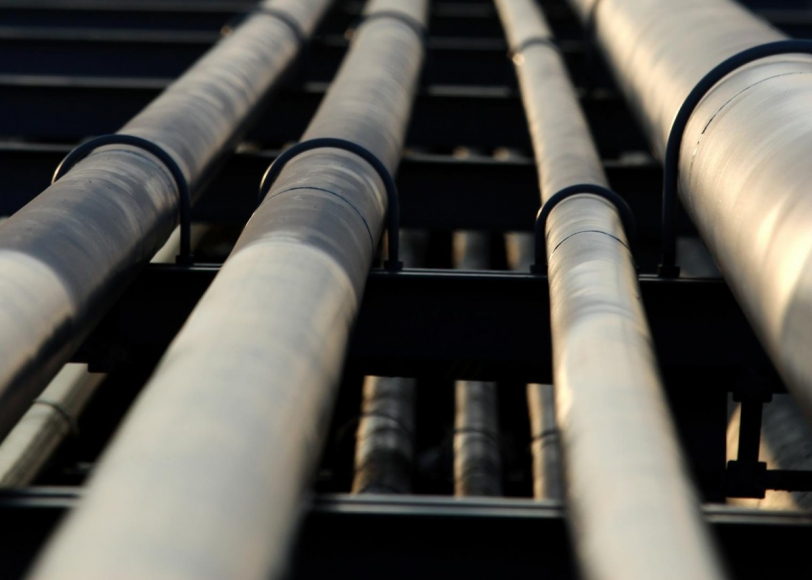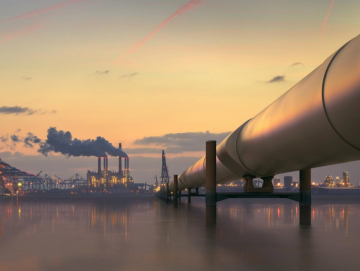There are millions of miles of oil and gas pipeline in the United States—2.6 million miles to be exact, according to the Global Energy Institute of the U.S. Chamber of Commerce. Those pipelines power our daily lives and businesses. However, much of the pipeline infrastructure is old—really old.
In fact, back in 2014, Inside Energy reported that 45% of U.S. crude oil pipeline is more than 50 years old—and some pipeline laid in and before the 1920s is still in operation.
That ancient, aging infrastructure carries some big risks for the community, environment, and your oil and gas pipeline and transportation company’s bottom line. This means a focus on pipeline integrity must be paramount. Why? Let’s look at the numbers.
The Numbers
Incident Frequency
Release incidents happen every day. How many oil and gas pipeline leaks, spills, ruptures, injuries, and fatalities happen in the U.S.?
According to the Pipeline and Hazardous Materials Safety Administration’s (PHMSA) Pipeline Incident 20 Year Trends report, an astounding total of 11,752 pipeline incidents were reported between 1998 and 2017—that’s an average of 588 each year. And as of this publishing, 470 incidents have already been reported for 2018.
Incident Culprits
The safe and secure transport of your commodities is a critical business driver and industry standard. But from incorrect operation to excavation damage, pipelines are vulnerable to a myriad of risk factors. But some incident scenarios are far more likely than others.
Between 1994 and 2013, material, weld, or equipment failure was the leading cause of incidents, accounting for 35.2% of the total. The next most common cause? Corrosion, which accounted for 18.5%. Combined, these two causes—both of which are directly tied to infrastructure integrity—accounted for more than half of all incidents over two decades.
What It All Costs
Oil and gas releases often have disastrous consequences, first impacting the safety of workers on-the-ground, then the surrounding community and ecosystems, and ultimately your company’s bottom line.
According to PHMSA’s trend report, between 1998 and 2017, there were 331 fatalities and 1,292 injuries as a result of release incidents. When it comes to hard cost numbers, the financial costs are staggering—ranging from site cleanup to fines to litigation. As PHMSA reports, total incident costs in the U.S. totaled a whopping $7.3 billion between 1998 and 2017.
Last, but not least, there are unquantifiable costs that can negatively impact your business—namely, damage to your company’s brand and reputation. In the era of social media and the 24-hour news cycle, any incident has the potential to gain widespread awareness and scrutiny, leading to massive PR headaches and consumer distrust.
Focusing on Pipeline Integrity
Pipeline integrity isn’t just about preventing a hazardous release. It’s also about monitoring risk points and detection, as well as mitigating negative impacts when a release does happen.
Prevention
Preventing releases is rooted in ensuring old or newly built pipelines are structurally and technically sound. This means ensuring lines are constructed properly, installing properly-sized pumps, compressors, and suppression equipment, and investing in corrosion prevention.
But beyond pipeline construction, performing preventative maintenance and monitoring are paramount—especially for older infrastructure. There are several technologies and software tools that can help. For example, nondestructive testing (NDT) methods can detect structural damage or degradation from the outside. In addition, high-resolution in-line inspection (ILI) equipment can record data from the inside.
Finally, proper operator training is key, and even educating the people in your community can be helpful. When people are informed, they feel empowered—and problems can be avoided.
Detection
Despite your best prevention efforts, a release will likely happen. But with the right detection technologies and protocols in place, you can surface potential or actual releases early—ultimately helping you minimize impact.
When it comes to selecting your release detection system, remember that every pipeline is different. As a result, you’ll need to consider how you’ll need to customize your approach and tools to ensure effectiveness.
Mitigation
Taking fast action to minimize and mitigate damage is the final piece of the pipeline integrity pie. At a baseline, it’s in your best interest to have comprehensive SPCC/Spill Contingency plans, training, documentation, and record-keeping protocols in place to meet the latest standards. But you should also have a trusted group of third-party emergency response partners that can mobilize quickly if a major release emergency arises.
For decades, Antea Group has been a leader in environmental remediation and incident response, offering tailored hazardous incident management solutions.
Listen to the Numbers
The numbers speak for themselves. Old and aging oil and gas pipelines are incredibly prevalent in the U.S.—and the chances and costs of a release are high.
But with the right focus on pipeline integrity, including an approach that includes prevention, detection, and mitigation strategies and tactics, if and when a spill happens you’ll have more visibility and agility in quickly addressing the situation.
For more information on how Antea Group can become a valued partner, take a peek at our oil and gas consulting services overview.
Want more news and insights like this?
Sign up for our monthly e-newsletter, The New Leaf. Our goal is to keep you updated, educated and even a bit entertained as it relates to all things EHS and sustainability.
Get e-NewsletterHave any questions?
Contact us to discuss your environment, health, safety and sustainability needs today.





